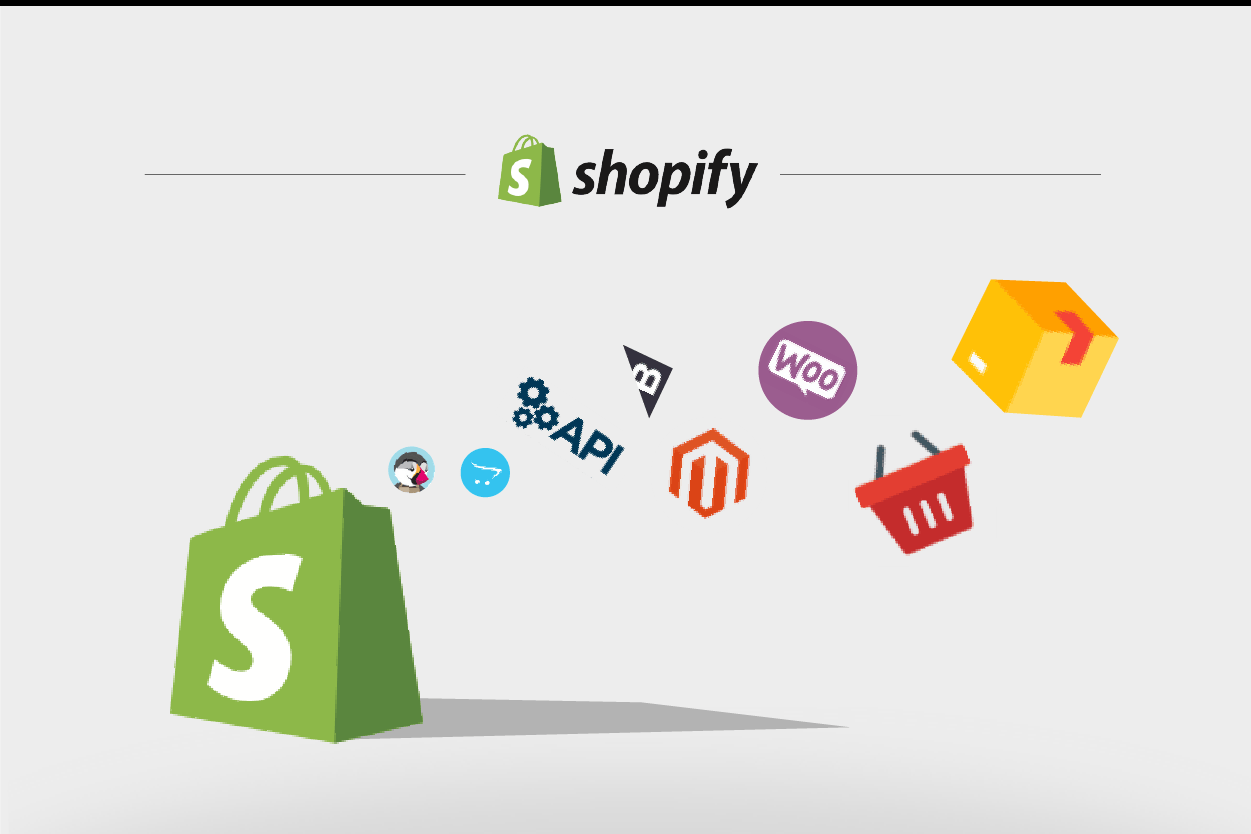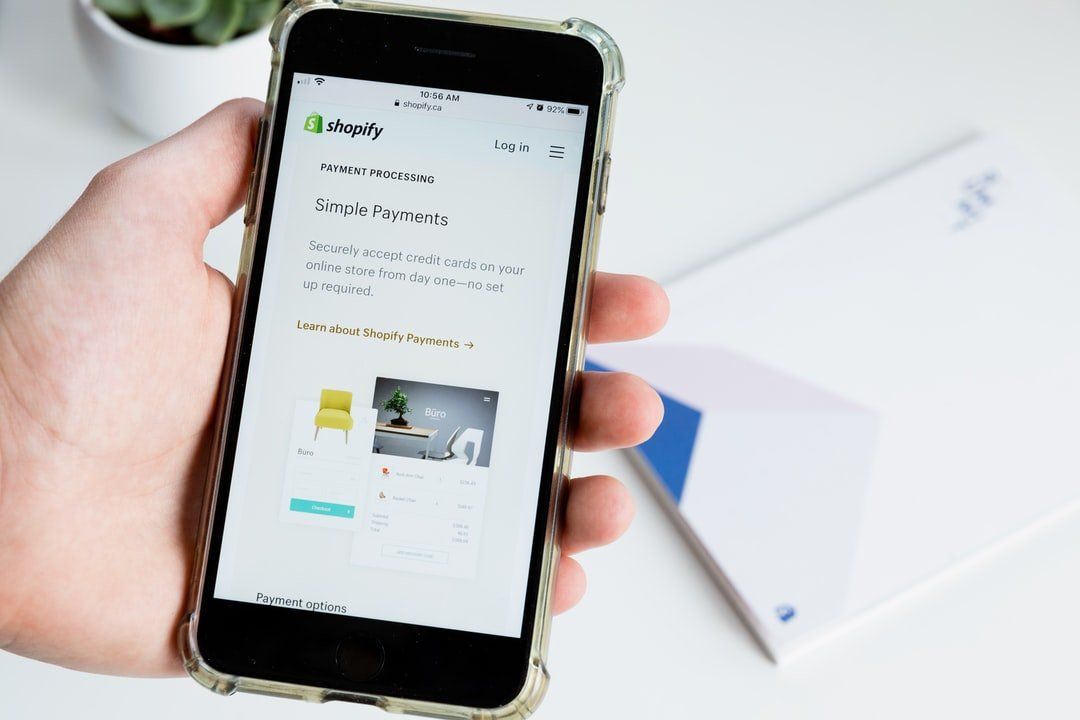Ecommerce glossary: Making sense of selling online
Don’t know your SKU from your UPC?
Affiliate marketing
The use of a network of websites to advertise and promote your products. They get paid a fee based on the performance of the campaign, whether it’s clicks, sales or sign ups
API
Application Programming Interface – a piece of code that allows sites and software to talk to each other
App
Application – a piece of software that performs a specific function
Average Order Value
AOV = Total sales revenue/number of sales – which will give you an idea of how much people spend per order. You may decide you want to improve this figure by up-selling and cross-selling other products
B2B
Business-to-business – organisations that sell directly to other businesses
B2C
Business-to-consumer – organisations that sell to individuals
Call to action
If you want to get someone to do something on your website, you need to encourage them to do so with a call to action. For instance, ‘shop now’ is a call to action
Cart abandonment
When a customer places items in their basket/cart, but then fails to complete a sale before leaving the site
Read more: The future of fashion
Commoditised products
These tend to be products that are bought repeatedly, for instance groceries, clothing.
See also: Niche products
Conversion rate
The rate at which website visitors complete pre-defined activities. For instance, it may refer to the rate at which visitors become paying customers
CMS
Content Management System – typically a software that allows you to edit the content of a website, like Wordpress, Blogger or Shopify.
CRM
Customer Relationship Management system – a software system that allows you to track customer journeys and build relationships to encourage sales and repeat business
Cross-selling
The process by which you encourage the sale of a product related to their purchase. For instance, if a customer buys a laptop, you may cross-sell a laptop bag to go with it
See also Upselling
CSS
Cascading Style Sheets – code used to define how a language is styled on a webpage
Crowdfunding
A process by which a company may raise funding and investment to develop new products and services
Drop shipping
Selling other business’s products, which they then ship to end users. As such, no stock or inventory is held by the ecommerce business
Ecommerce
The electronic selling of products and services, typically via the internet. It is most commonly used to refer to online shopping
Read more: T he best 27 Shopify apps
Encryption
The process by which sensitive information, such as payment details, are encoded to protect them while being transferred via the internet
Fulfillment
The process of completing an order, from packing to shipping and delivery.
HTML
Hypertext Mark-up Language – used to program websites
Inventory
The value of the stock and services available
Limited company
Ltd – Private limited companies with shareholders but not listed on a stock exchange. It has limited liability in the eyes of the law, which means individual investors are not liable for the debts of the business
See PLC
Live chat
Functionality on a website which lets users contact a customer service representative via the website, without email or making a phone call
Margins
Also called ‘profit margins’, this term refers to the amount of profit made once the original cost of the product is deducted
Mobile responsive
A website that adapts to use on mobile devices
Multi-channel retailer
A business that uses multiple platforms to sell their products. For instance, Shopify, Ebay, Etsy, Instagram and Facebook
Niche products
Products that tend to be bought on a one-off basis – often a high-value product, such as a laptop
See also Commoditised products
Payment gateway
A third-party provider that authorises the payment between a website and a card provider
Read more: The Money Makers Report
Payment processor
Analyses a transaction data and transmits it, for instance credit card machines
Personas
Also referred to as customer personas or customer profiles, these define what your ideal customers look like. Ideally this is based on market research and data, so you know who you are selling your products to, to guide promotional activity, as well as your brand
PLC
Public Limited Company – a business structure referring to a company listed on a stock exchange, open to investment by those outside of the business. It has limited liability in the eyes of the law, which means investors are not responsible for the business’s debts
See also Limited Company
Responsive design
Website design that resizes according to the size of the browser it is being viewed in
RRP
Recommended Retail Price – The suggested price for a product as defined by the company that produced it. Reducing the RRP is often used as a promotional tool
SaaS
Software as a Service – Software that provides a service for the end user, usually on a subscription basis. Shopify is an example of this, providing the software to set up an ecommerce store for a monthly fee
Social selling
Using social media to sell products, either by generating interest or by selling directly through a social media platform
SKU
Stock Keeping Unit – a unique code used for managing inventory and stock levels. It doesn’t need to be applied to a physical item. It can be used to sell services, providing each service has its own SKU. An alphanumeric code, it tends to include codes that refer to the item’s colour and size and is used for internal usage.
See also UPC
Stock
The products that you have available to sell
Upselling
The process by which you encourage the sale of a more expensive item or additional item
See also Cross-selling
User experience (UX)
The experience of interacting with a company. Can refer both to the functionality of the website, but also customer service overall
User interface (UI)
How a user and computer interact. For instance, a company website, its look and feel and functionality
UPC
Universal product Code – A 12-digit code that relates to a unique item, which is often accompanied by a barcode. This relates to a product and will be the same regardless of who is selling it.
See also SKU
Wishlist
Website functionality that allows users to save a product to a list for future purchase.
Share this post :




